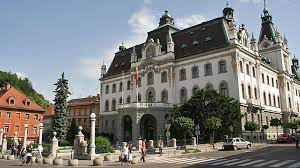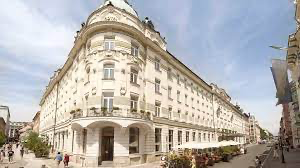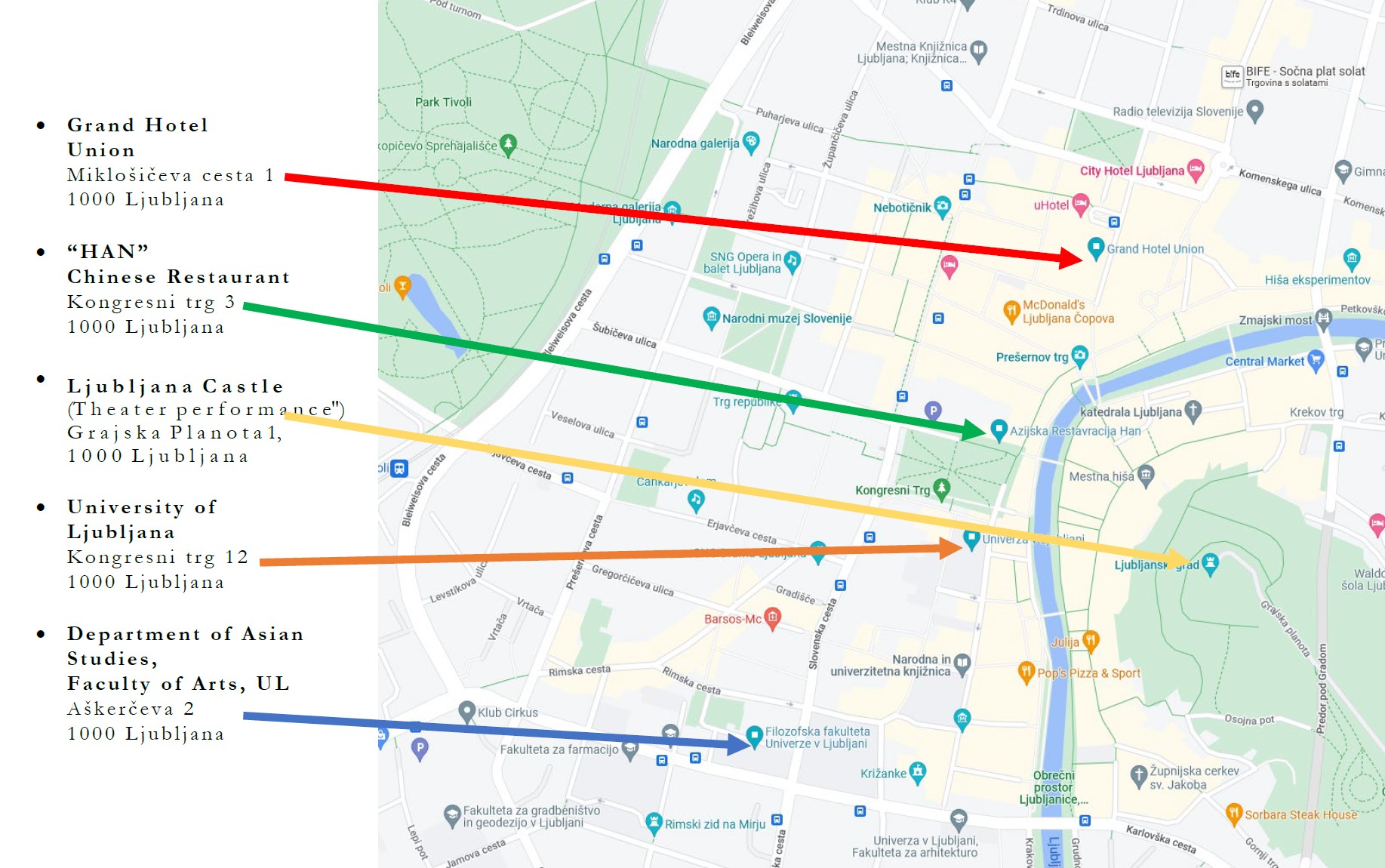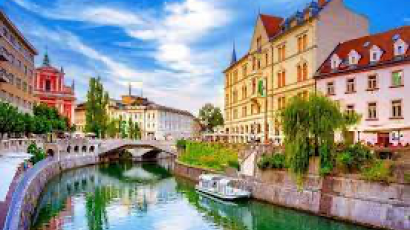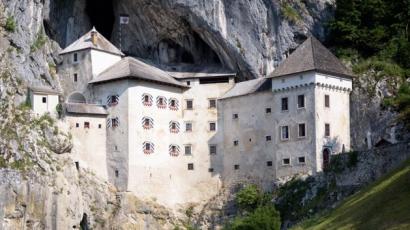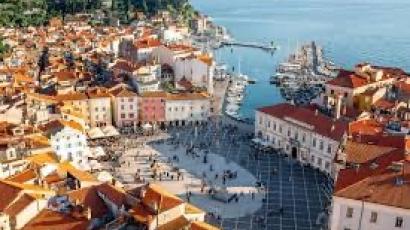

Summer School on Li Zehou and Contemporary Chinese Thought
In early November 2021, Li Zehou, one of the giants of contemporary Chinese thought, passed away. Li Zehou was undoubtedly one of the most significant, important and influential Chinese philosophers and experts on Chinese culture of our time, and one of the few Chinese intellectuals whose works found a wide readership outside China. In the last two decades of the 20th century, he was a hero of Chinese youth and a role model for many Chinese intellectuals. His ideas had a tremendous impact on various areas of contemporary Chinese thought.
Therefore, the main aim of this summer school is to introduce his important work to the youngest generation of European scholars in the field of Chinese studies and/or philosophy, and to provide them with a valuable insight into the structure of his thought and its main contents.
Indeed, an insight into Li's intellectual system can help us understand the specific fusion of Western and traditional Chinese discourses that has shaped contemporary Chinese society on the threshold of the third millennium.
He became famous in the 1980s with his works on Chinese aesthetics. In the creative urgency of that time, when aesthetics seemed to offer the most effective redemption from the difficult experiences of the Cultural Revolution, Li offered young Chinese new, extraordinarily creative interpretations of art, philosophy, and literature.
Moreover, his theory of anthropohistorical ontology led several Chinese theorists to critically rethink the conformist version of Marxist epistemology and aesthetics. Li was also one of the first Chinese scholars to openly advocate a "rehabilitation" of Confucius as a representative symbol of Chinese intellectual heritage, and to call for a critical revival of Confucian thought. Countless debates on aesthetics, epistemology, ethics, or traditional Chinese thought have been inspired by Li Zehou's theories. In various intellectual, artistic, and cultural circles, his ideas were extensively cited as authoritative, and he became the intellectual icon or guru of many university students. In addition to his attempts to bridge various social dichotomies – individual freedom and social or historical necessity, alienation and progress, subjective emotions and objective laws – Li was seen primarily as a bridge between the older and younger generations of Chinese intellectuals.
Despite the complexity and wide range of his works, which cannot be reduced to prevailing philosophical categories or currents, he is undoubtedly one of the most important modern scholars of Chinese history and culture, especially considering that his work was central to the Chinese Enlightenment of the 1980s. Li launched many new perspectives that had a great impact not only on Chinese but also on global theories of ethics, humanism, aesthetics, and philosophical anthropology.
Li's popularity reached truly stupendous proportions. His books almost always sold out within a few days of publication, and there was hardly a dorm room that did not have at least one volume of his Critique of Critical Philosophy, even though the book was extremely complex and difficult to read. His enormous influence and appeal were felt by a whole generation of Chinese youth, who saw him as an inspiring intellectual leader comparable to Jean-Paul Sartre or Herbert Marcuse in Western culture. We can probably attribute this influence to two main reasons: Li's openly professed love of beauty, and his appreciation of freedom.
These two ideals are still at the forefront of the intellectual and sensual aspirations of many young people around the world. Therefore, Li Zehou's thinking can undoubtedly contribute to a better understanding of his Chinese homeland, its society, and culture.
The summer school is jointly organized by the
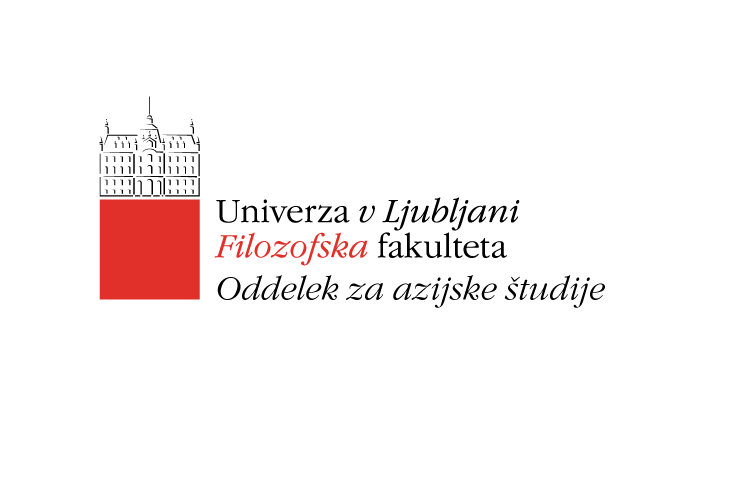
Department of Asian Studies, University of Ljubljana

& The European Association of Chinese Philosophy (EACP)
Thursday, June 16
14:00 – 15:00 Opening Ceremony
14:00 – 14:30 Welcome addresses (Professor Anton Ramšak, Vice-Rector of the University of Ljubljana; Professor Mojca Schlamberger Brezar, Dean of the Faculty of Arts; Assoc. Professor Luka Culiberg, Head of the Department of Asian Studies; Adj. Professor Selusi Ambrogio, President of the EACP)
14:30 – 14:45 Jana S. Rošker Inaugural Speech: The Significance of Li Zehou’s Ethics in Times of Global Crises
14:45 – 15:00 Photo session
15:00 – 18:10 Karl-Heinz Pohl
15:00 – 15:40 Lecture 1: ‘Western learning for Substance, Chinese Learning for Application’ – Li Zehou’s Thought on Tradition and Modernity
15:40 – 16:00 Coffee break
16:00 – 16:40 Lecture 2: Chinese Aesthetics and Li Zehou’s Major Contributions: “The Path of Beauty” (美的历程) and “The Chinese Aesthetic Tradition” (华夏美学)
16:40 – 18:10 Guided discussion with students
18:10 – 20:00 Welcome Reception
Friday, June 17
9:00 – 12:00 Round table: Li Zehou in the Context of Contemporary Sinophone Philosophy
9:00 – 10:00 Jana S. Rošker: Li Zehou and the Taiwanese Modern Confucianism
10:00 – 11:00 Geir Sigurðsson: Li Zehou and the Significance of
Confucian Rituality
11:00 – 12:00 Discussion: Karl-Heinz Pohl, Robert A. Carleo, Paul D’Ambrosio, Rafal Banka
12:00 – 13:30 Lunch
13:30 – 15:00 Comparisons: Student's report and teacher's comments
13:30 -13:50 Maja Maria Kosec: Li Zehou and Xu Fuguan
13:50 – 14:10 Margus Ott: Remarks on the Problems of Theoretic Comparisons
14:10 – 15:00 Discussion: Paul D’Ambrosio, Ady van den Stock
15:00 – 15:30 Coffee break
15:30– 18:30 Paul D’Ambrosio
15:30 – 17:00 Lecture: Li Zehou’s Ethics: Harmony and Justice
17:00 – 18:30 Guided discussion with students
18:30 Dinner
Saturday, June 18
8:30 – 11:30 Robert A. Carleo III
8:30 – 10:00 Lecture: Li Zehou’s Theory of Sedimentation, Morals, and Reason
10:00 – 11:30 Guided discussion with students
11:30 – 12:45 Lunch
12:45– 15.45 Rafal Banka
12:45 – 14:15 Lecture: Li's Aesthetics in Contemporary and Interdisciplinary Aesthetics Research
14:15 – 15:45 Guided discussion with students
15:45 – 16:00 Coffee break
16:00 – 17:00 Closing ceremony
17:00 Dinner
19:30 – “Becoming Human” – Theater performance about Li Zehou’s life and work
Sunday, June 19
8:30 – 18:00 Cultural excursion
Lunch at the seaside
18:00 – Return to Ljubljana and dinner on your own expense
Monday, June 20
Departure
Grand Hotel Union
Miklošičeva cesta 1
1000 Ljubljana
+386 (0) 1 308 1270
CHECK-IN
June 16, 2022
CHECK-OUT
June 20, 2022 (before noon
Miklošičeva cesta 1
1000 Ljubljana
Kongresni trg 12
1000 Ljubljana
Kongresni trg 3
1000 Ljubljana
Department of Asian Studies, Faculty of Arts, UL
Aškerčeva 2
1000 Ljubljana
If you are arriving at Ljubljana Brnik Airport, you can use the following means of transport:
BUS
LPP (green bus)
Brnik/airport Lj. – Ljubljana Central Bus Station
Drives on hourly bases between 5 AM and 8 PM
https://www.lpp.si/sites/default/files/lpp_vozniredi/PPP/brnik.html
GO-OPTI
“Home to Airport Transfers”
Has to be booked in advance online:
In the case that you will chose to travel with Go-Opti, please choose the following “locations”:
from Ljubljana Airport (LJU), Ljubljana
to Grand Hotel Union, Ljubljana
TAXI
On-site
If you are arriving at Ljubljana Central Train/Bus Station, your hotel will be at a walking distance from the station:
LJUBLJANA
“It is often said of Ljubljana, both by its residents and those visiting it, that it is a city made to the measure of man. On the one hand, it ranks among mid-sized European cities and offers all the comforts of big capitals, while on the other, it has preserved a smalltown friendliness and a uniqueness of its own. During winter, it is its dreamy central European character that prevails, and during summer, its relaxed Mediterranean feel. The city’s character is marked by two widely differing and yet complementary features: Ljubljana is famed for its historical heritage and tradition while being a relatively young city with a modern lifestyle. Scientists and academics find it attractive for the international reputation of its university, world renowned artists for its vibrant and creative spirit, businessmen for hosting numerous business events and trade fairs, and all kinds of experts for being a delightful convention city.”
https://www.visitljubljana.com/assets/Dokumenti-PDF/Tiskovine-EN/Ljubljana-Tourist-Guide.pdf
PREDJAMSKI GRAD
(Predjama Castle)
“A mere few kilometres from Postojna Cave, the Karst world offers an unforgettable experience in the fairytale world of knights. The impregnable medieval marvel has been perched in the middle of a 123-metre-high cliff for more than 800 years. Behind the largest cave castle in the world, there is a network of secret tunnels, from where the knight Erazem of Predjama would set out on his plundering expeditions. The Cave under Predjama Castle is the home of a colony of bats.”
https://www.postojnska-jama.eu/en/predjama-castle/
HRASTOVLJE
“In this nucleated village you can find the famous Holy Trinity Church, which is hidden behind a defence wall that was erected at the end of the 16th century. The inside of the three-nave Roman church with a barrel vault and high bell tower is decorated with Gothic paintings from 1490 and they are the reason Hrastovlje is classified at the top of the treasure trove of mediaeval wall paintings in Slovenia.”
“The frescoes are the work of Janez of Kastav and were discovered in 1951 by Jože Pohlen. The frescoes depict the creation of the world, expulsion of Adam and Eve from the garden of Eden, scenes from the suffering of Jesus, work of farmers in various seasons and the famous Dance of Death. The latter is the most famous part of the frescoes and represents an extraordinary achievement of medieval iconography. Beside the frescoes, there is also the Glagolitic inscription.”
https://visitkoper.si/en/sight/hrastovlje-2/
PIRAN
“One of the loveliest towns anywhere along the Adriatic coast, picturesque Piran (Pirano in Italian) sits prettily at the tip of a narrow peninsula. Its Old Town – one of the best-preserved historical towns anywhere in the Mediterranean – is a gem of Venetian Gothic architecture, but it can be a mob scene at the height of summer. In quieter times, it’s hard not to fall instantly in love with the atmospheric winding alleyways, the sunsets and the seafood restaurants.”
Prof. Jana S. Rošker
Tel. +386(0)31 792 974
E-mail jana.rosker@ff.uni-lj.si
Asist. Prof. Téa Sernelj
Tel. +386(0)41 681 377
E-mail tea.sernelj@ff.uni-lj.si
Maja Maria Kosec, PhD Candidate
Tel. +386(0)51 664 599
E-mail majamaria.kosec@ff.uni-lj.si
Jasna Bavec, Secretary
(Department of Asian Studies)
Tel. +386(0)1 241 1448
E-mail jasna.bavec@ff.uni-lj.si
Jan Vrhovski, Research Fellow
Tel. +386(0)51 219 948
E-mail jan.vrhovski@ff.uni-lj.si
The summer school was organized by
Tea Sernelj, Jana Rošker, Maja Maria Kosec, and Selusi Ambrogio.

